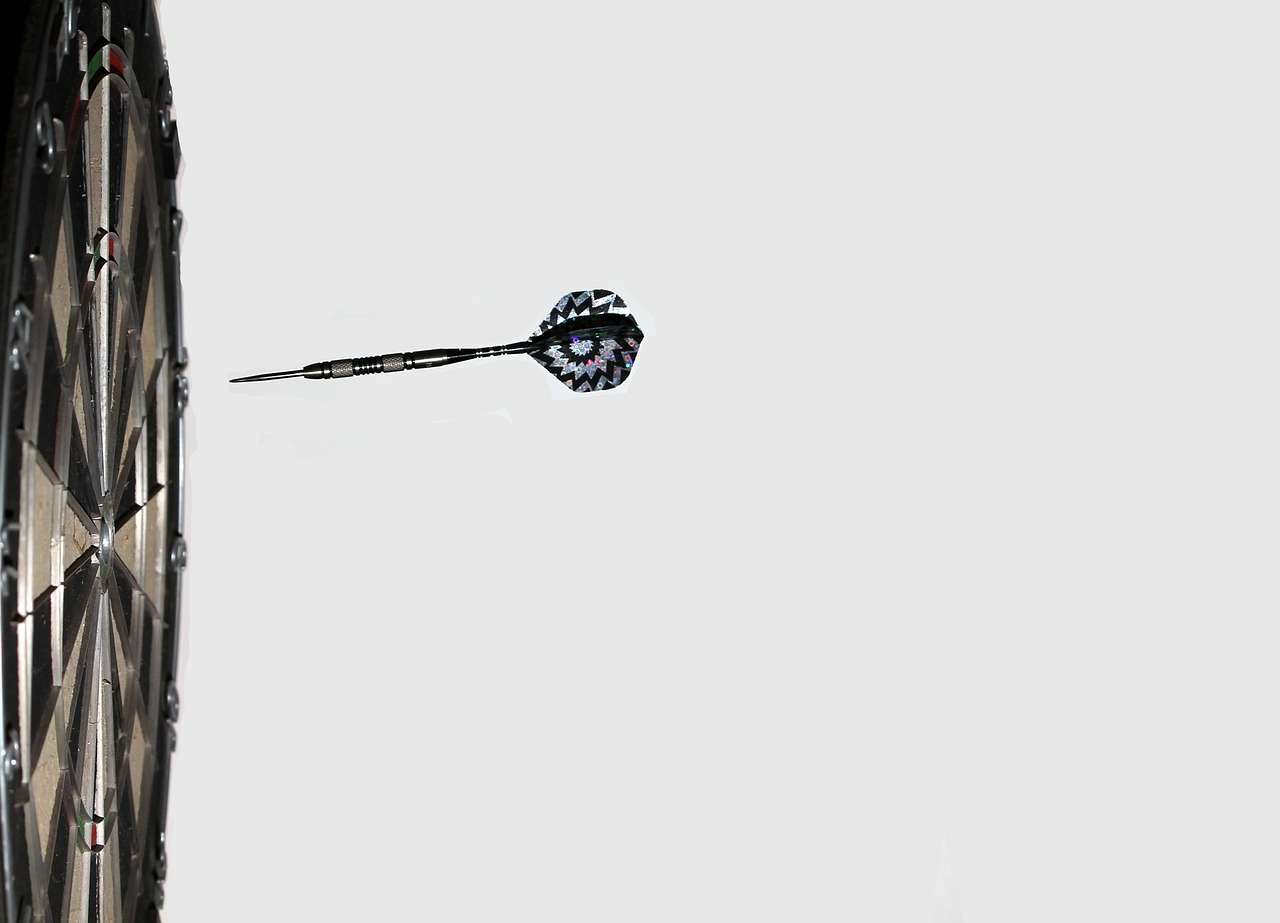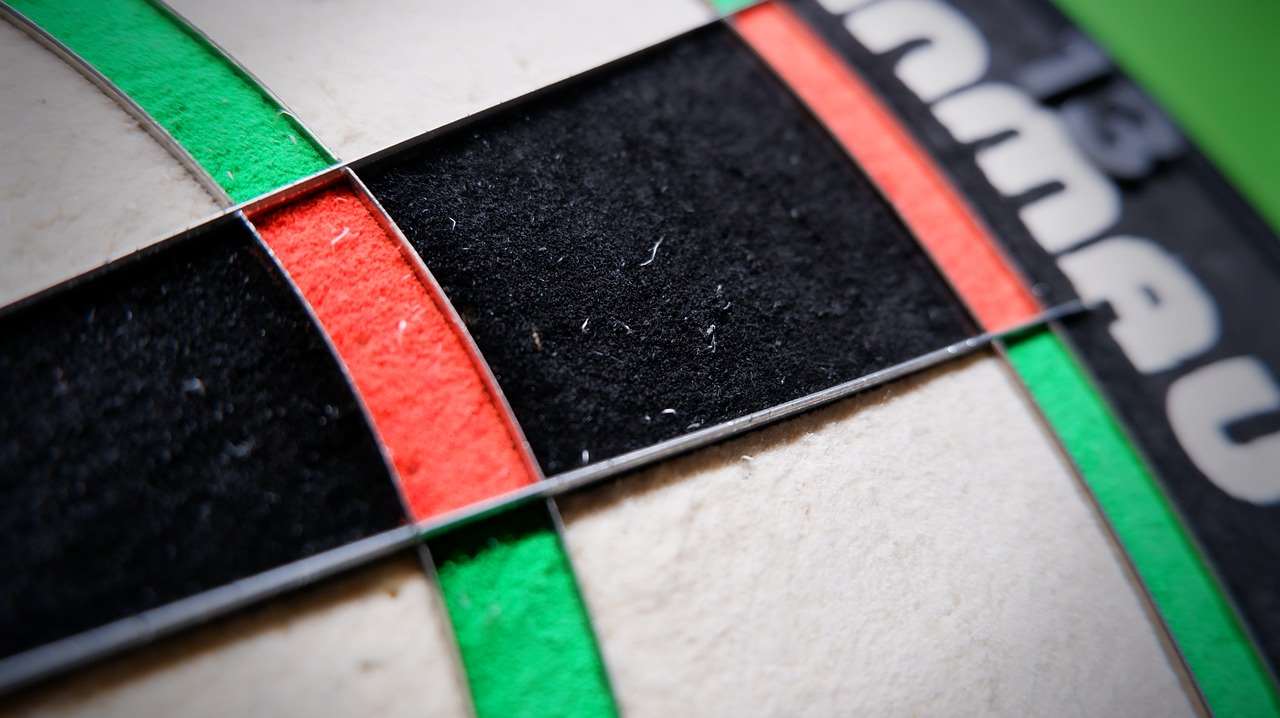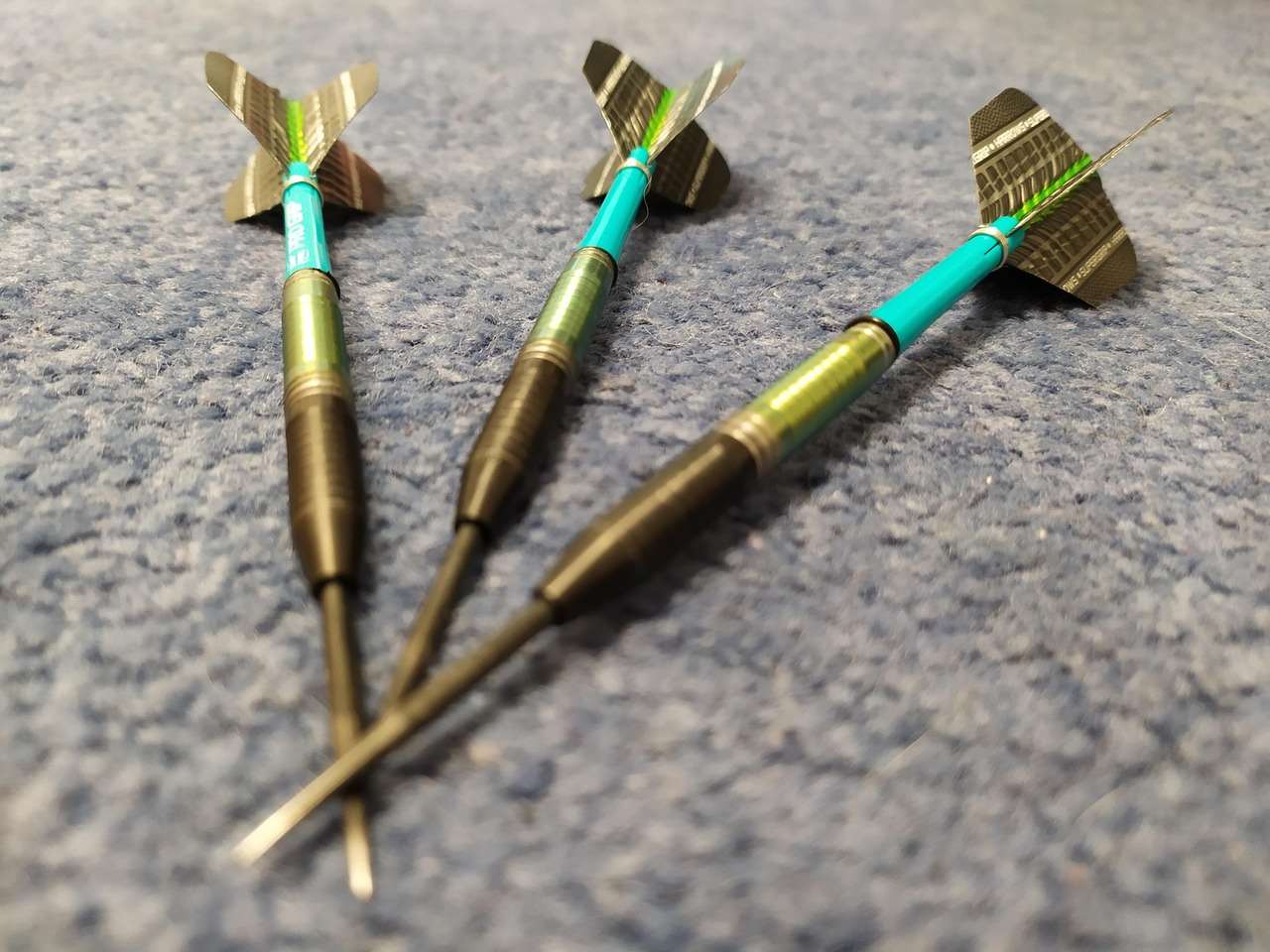The truth is, darts lied stand up: proper stance and posture are crucial for consistent accuracy and improved performance. This article will explore why standing correctly matters, how to identify common stance mistakes, and provide actionable tips for perfecting your darting posture. We’ll also cover how to adjust your stance for different throwing styles and board positions.
⚠️ Still Using Pen & Paper (or a Chalkboard)?! ⚠️
Step into the future! The Dart Counter App handles all the scoring, suggests checkouts, and tracks your stats automatically. It's easier than you think!
Try the Smart Dart Counter App FREE!Ready for an upgrade? Click above!
Why Your Darts Stance Matters: The Truth Behind ‘Darts Lied Stand Up’
Many beginners underestimate the importance of stance in darts, focusing instead on arm movement and release. However, your stance forms the foundation of your throw, providing balance, stability, and alignment. A poor stance can lead to inconsistent throws, reduced accuracy, and even injury over time. When discussing darts lied stand up, it’s a reminder that the core of your game isn’t just about the throw, but the fundamental posture that supports it.
Think of it like building a house. A shaky foundation will inevitably lead to problems with the structure above. Similarly, an unstable stance will negatively impact your arm motion and release, making it difficult to consistently hit your target. A solid stance allows you to transfer your weight effectively and maintain a consistent throwing motion.

Common Darts Stance Mistakes and How to Correct Them
Identifying and correcting common stance mistakes is essential for improving your game. Here are some of the most frequent errors and practical tips for fixing them:
- Standing Too Square: Facing the board directly can restrict your arm movement. Instead, try angling your body slightly, usually with your throwing-side foot forward. This allows for a more natural and fluid throwing motion.
- Leaning Too Far Forward: While a slight lean is acceptable, excessive leaning can throw off your balance and make it difficult to maintain a consistent release. Focus on keeping your weight balanced and engaging your core muscles for stability.
- Standing Too Far Back: Standing too far from the oche (the throwing line) can strain your arm and back. Position yourself comfortably, ensuring you can reach the board without overextending.
- Inconsistent Foot Placement: Varying your foot position from throw to throw will lead to inconsistencies. Establish a consistent stance and stick to it.
- Not Using Your Core: Your core muscles play a vital role in stability. Engage your core to maintain balance and prevent swaying during your throw.
Refining Your Stance: Fine-Tuning for Accuracy
Once you’ve addressed the common mistakes, you can begin fine-tuning your stance for optimal accuracy. Experiment with different foot positions, angles, and weight distributions to find what works best for you. Consider your height, arm length, and throwing style when making adjustments. Remember, the goal is to find a stance that feels comfortable, stable, and allows for a consistent throwing motion. Maybe you will get darts how many sets for practice.

Finding Your Ideal Stance: Experimentation and Adjustment
There’s no one-size-fits-all solution when it comes to darts stance. What works for one player may not work for another. The key is to experiment and adjust until you find a stance that feels natural and comfortable for *you*.
Here’s a step-by-step approach to finding your ideal stance:
- Start with the Basics: Begin with the fundamental principles discussed earlier: slight angle, balanced weight, and comfortable distance from the oche.
- Experiment with Foot Placement: Try different foot positions and angles. Some players prefer a more open stance, while others prefer a closed stance. See what feels most natural and allows for the smoothest throwing motion.
- Adjust Your Lean: Experiment with different degrees of lean. A slight lean can help you get closer to the board, but too much can throw off your balance.
- Pay Attention to Weight Distribution: Notice how your weight is distributed between your feet. Experiment with shifting your weight slightly forward or backward to see what feels most stable.
- Record and Analyze: Use your smartphone to record yourself throwing from different stances. Analyze the videos to see how your stance affects your arm motion and release.
- Practice Consistently: Once you’ve found a stance that feels promising, practice it consistently to develop muscle memory.
Remember to be patient and persistent. It may take time to find the perfect stance, but the effort will be well worth it in terms of improved accuracy and consistency.
Adapting Your Stance for Different Throwing Styles and Board Positions
Your stance may need to be adjusted slightly depending on your throwing style and the specific target you’re aiming for on the dartboard. For example, if you use a higher arm trajectory, you may need to lean slightly further forward to compensate. If you are at a darttoernooien, your competition may have developed their own specific throwing styles.

Adjusting for High and Low Targets
When aiming for targets at the top of the board (like the 20), a slight lean forward can help you maintain a clear line of sight and prevent your arm from obstructing your vision. Conversely, when aiming for targets at the bottom of the board (like the 3), a more upright stance may be preferable. You might even consider using a dart counter how to use an app to log your practice and find trends.
Adapting for Different Angles
If you’re throwing from an angle relative to the board (e.g., if someone is standing to your side), you may need to adjust your stance to maintain proper alignment. Try rotating your body slightly to face the target directly, or adjust your foot position to compensate for the angle.
Related Aspects: Grip and Follow-Through
While stance is crucial, it’s important to remember that it’s only one piece of the puzzle. Your grip and follow-through also play significant roles in determining the accuracy and consistency of your throws. Here’s why considering your stance with these aspects is important. It’s worth checking if a darts price vs van den bergh match is taking place soon to watch experts at play.
Grip: A consistent grip is essential for a repeatable throw. Experiment with different grip styles to find what feels most comfortable and secure. Avoid gripping the dart too tightly, as this can cause tension and reduce accuracy.
Follow-Through: A smooth and controlled follow-through is just as important as the initial throwing motion. Extend your arm fully towards the target and maintain your follow-through until the dart hits the board. This helps to ensure that you impart the desired trajectory and spin to the dart.

Training Drills to Improve Your Darts Stance
Regular practice is essential for solidifying your stance and developing muscle memory. Here are a few training drills you can use to improve your darts stance:
- Stance Check Drill: Before each practice session, take a moment to consciously check your stance. Make sure your feet are positioned correctly, your weight is balanced, and you’re leaning at the appropriate angle.
- Mirror Practice: Practice your stance in front of a mirror. This allows you to visually assess your posture and identify any areas that need improvement.
- Balance Drill: Stand on one leg (your throwing-side leg) for a short period of time. This helps to improve your balance and stability.
- Slow Motion Throw: Practice your throwing motion in slow motion, paying close attention to your stance and posture. This helps you to develop a more controlled and consistent throw.
Remember, consistency is key. The more you practice with a proper stance, the more natural it will become. Feel free to use a Free dart score app to track your progress, you can improve your skills by playing often and adjusting your stance accordingly.

Advanced Stance Techniques: The Pro Level
Once you’ve mastered the basics, you can explore more advanced stance techniques to further refine your game. Some professional players utilize a “walking” stance, where they take a small step forward as they release the dart. Others experiment with subtle weight shifts to generate more power and control.
However, it’s important to note that these advanced techniques are not for everyone. They require a high level of skill and control, and they may not be suitable for beginners. Focus on mastering the fundamentals before attempting to incorporate these more complex techniques into your game.
Conclusion: Mastering Your Stance for Darts Success
In conclusion, understanding that darts lied stand up is vital for achieving accuracy and consistency. A solid and well-practiced stance provides the foundation for a repeatable and controlled throwing motion. By identifying and correcting common stance mistakes, experimenting with different positions, and adapting your stance to different targets, you can significantly improve your darting performance. Remember to incorporate stance checks, mirror practice, and other training drills into your routine. Focus on grip and follow-through, and you’ll unlock your dart-playing potential. Now, go out there, refine your stance, and start hitting those bullseyes! Good luck!
Hi, I’m Dieter, and I created Dartcounter (Dartcounterapp.com). My motivation wasn’t being a darts expert – quite the opposite! When I first started playing, I loved the game but found keeping accurate scores and tracking stats difficult and distracting.
I figured I couldn’t be the only one struggling with this. So, I decided to build a solution: an easy-to-use application that everyone, no matter their experience level, could use to manage scoring effortlessly.
My goal for Dartcounter was simple: let the app handle the numbers – the scoring, the averages, the stats, even checkout suggestions – so players could focus purely on their throw and enjoying the game. It began as a way to solve my own beginner’s problem, and I’m thrilled it has grown into a helpful tool for the wider darts community.